Co-authored by Melanie Lundquist, Philanthropist & Civic Activist, and Patrick Sinclair, Senior Director of Communications and External Affairs, Partnership for Los Angeles Schools.
You'd think nearly $4 billion would be enough to have a decisive impact on most things. That's how much philanthropy gives each year to improve and transform K-12 public education.
This support goes to thousands of mission-driven, talented individuals who annually commit themselves to transforming education, particularly at low performing inner-city schools. The money and talent flow into reform-minded local school districts, as well as organizations like Teach for America, charter schools, local community and advocacy groups, and many others.
Together, the philanthropists and reformers have spread into schools across the country.
And that's the problem. They've spread themselves too thinly.
The $4 billion philanthropists spend annually on public education is less than 1 percent of the $500 billion America spends on public schools each year. The thousands of committed reformers sent into schools or onto school boards pale in number to the millions of long employed and sometimes entrenched systems in place.
Moreover, lined up against the reformers are all sorts of much larger, better funded, better organized, and equally determined groups who will and do spend hundreds of millions of dollars to thwart the efforts of the reformers.
As a result, education reformers today can point to pockets of success and hopeful trends, but they have yet to produce a dramatic district turnaround -- that singular, watershed moment when the public sees and finally believes it can be done. Right now, the general public hears the increasing drumbeat for change, learns about some successes, some failures; reads charters are good, and bad, hears never-ending, often virulent arguments from the many factions that form modern American K-12 education; and in the end, the wider public can't even begin to understand how the overall, 800-pound gorilla of the problem known as America's public schools gets solved. There is no consensus.
...a problem with no apparent solution (or consensus about a solution) is generally not defined as a problem. Instead it comes to be accepted as "just the way things are."... leaders have been divided about the scope of the problem or about the proper solution when the problem is acknowledged. In this ambiguous context only stakeholders (teachers and sometimes parents) get involved in the political fray while the confused public tunes out.
- Rand Corporation 2005 Report on California Schools
If we continue like this -- and it has been going on like this for decades -- education reform will never achieve the critical mass necessary to effect true change.
So, we have to ask ourselves: How can we get more leverage with what we have?
For instance, imagine for a moment if we took $2 billion of the $4 billion education philanthropists now spend annually and we focus it on truly remaking one or two large urban school districts. Imagine Teach For America deploys all their teachers in these one or two districts, and that the Michelle Rhee's StudentsFirst advocacy group focuses their political outreach on the governing state legislatures of these communities.
Further, imagine the reformers use their influence to get all the players in one place -- district, union and political leaders, as well as parents and teachers -- to work together in a bold experiment to rethink and recreate public education. The financial incentives for a district and its stakeholders to participate would be huge, particularly in today's budget environment. It won't be easy and it won't happen overnight, but the focus, talent and dollars of the philanthropists would increase the likelihood of success exponentially.
Now imagine that it works: three years from now a once troubled district is showing the way, making dramatic improvements. Reform strategies and programs have been tested and fine-tuned, and lessons learned are informing a national blueprint for education reform. It won't be perfect, but the point will be made: it can be done.
Is it bold? Sure. Risky? Maybe, but the upside far outweighs the down. The education reform movement needs to take bold risks if it ever hopes to create a consensus for reform in America's public schools. Continuing down the current path promises only more incremental change, if that, and the stakes are just too high to continue to settle for incremental change.